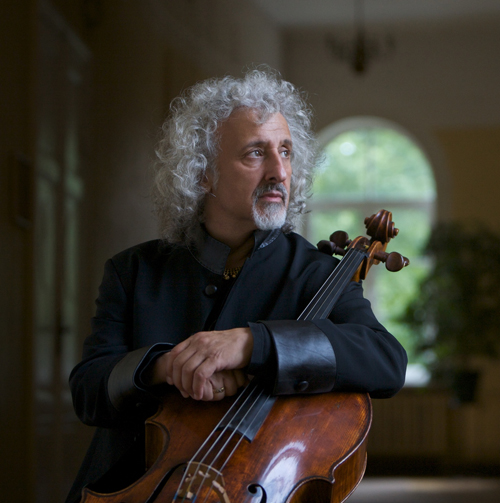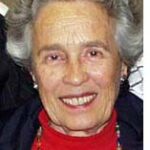
By Eileen Wingard

LA JOLLA, California — Mischa Maisky’s cello was crafted by Domenico Montagnana in Venice, in 1720, the same year that Bach composed his six solo cello suites in Anhalt-Coethen. During two consecutive evenings at Sherwood Hall, as part of Summerfest, sponsored by the La Jolla Music Society, Latvian-born cellist, Maisky, showcased all six suites.
These are among the most challenging works in the cello repertoire. Bach incorporates chords and contrapuntal writing for the melodic instrument, as if he wanted to stretch its capacity and turn it into a harmonic instrument like the organ, for which Bach wrote extensively, while employed as a church organist and choir director. As Kappelmeister of the orchestra of Prince Leopold’s court in Anhalt-Coethen, the Baroque composer began writing more secular music for orchestral instruments. In these six suites and in the solo sonatas and partitas for violin, he seems to want to expand the stringed instruments’ chordal capacity.
Maisky met the gargantuan challenge of Bach’s complex compositions head on. Dressed in loose black pants and a white silk blouse, his grey curls bobbing with the music, he launched into the Preludium of Suite No. 3 in C Major with dramatic fervor. Each of the other movements projected a distinctive character. The Sarabande of Suite #3 as well as the Praeludium of Suite No. 2 mined the depths of his resonant cello, singing with heartfelt passion. The Bourree I of Suite No. 3 literally danced off his bow, and the Bourree ll hummed in subdued minor. Adding a bit of theatricality to the evening, Maisky came out for Suite No. 2, wearing a black blouse. And for Suite #6, after intermission, the cellist donned a blouse of blue.
The final suite in D minor is probably the most difficult of the set. It goes into registers generally reserved for the violin. Some musicologists have speculated that the suite was written for an instrument with an additional fifth string. However, Maisky, who studied at the Moscow Conservatory under the great Mstislav Rostropovich, and later, for a four month period, with Gregor Piatigorsky, negotiated the difficulties with masterful command.
The audience’s standing ovation was rewarded with an encore, the Praeludium from Suite No. 1 in G Major. Maisky performed this with energetic momentum, rising to a savage intensity, then receding, only to lunge forward to the final climax. What an exciting conclusion to an evening of superb music making.
Although, after winning a top prize in the Tchaikowsky Competition, Maisky had an active career, concertizing throughout the Soviet Union, his career came to an abrupt end when his sister made aliyah to Israel. He was incarcerated for eighteen months. When released, he followed his sister to the Jewish state, where he was able to resume his performing career.
Thanks to the support of the America-Israel Culture Foundation, Maisky was able to acquire the magnificent cello he now owns.
Currently, Maisky lives with his Italian wife and two youngest children in Brussels, Belgium and concertizes throughout the world.
*
Wingard is a former San Diego Symphony violinist and a freelance writer specializing in coverage of the arts. She may be contacted via eileen.wingard@sdjewishworld.com. Comments intended for publication in the space below MUST be accompanied by the letter writer’s first and last name and by his/ her city and state of residence (city and country for those outside the United States.)